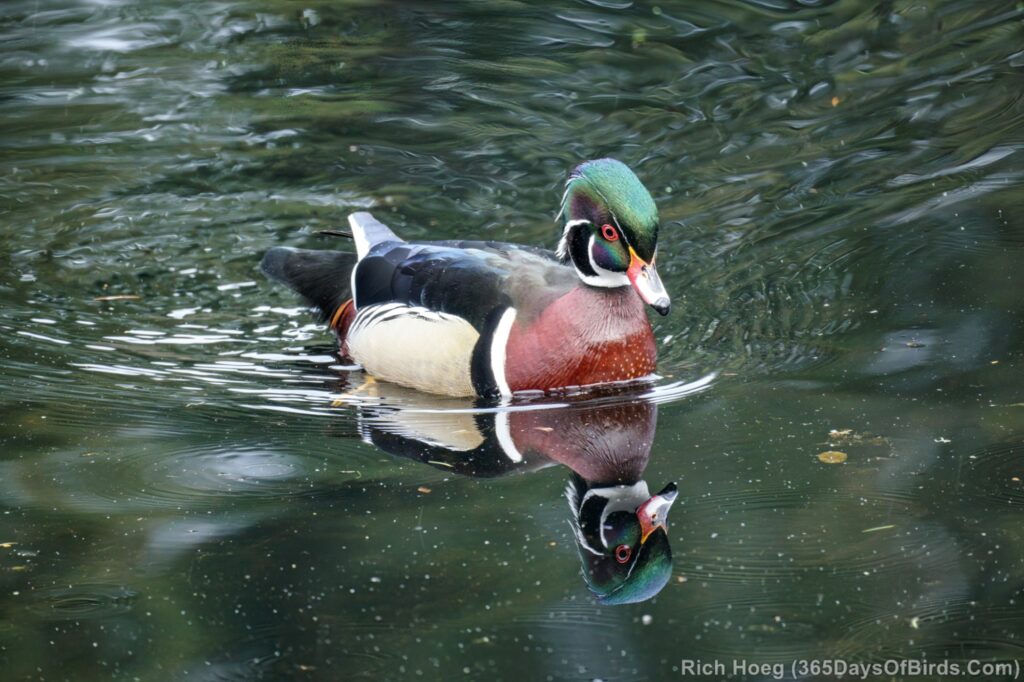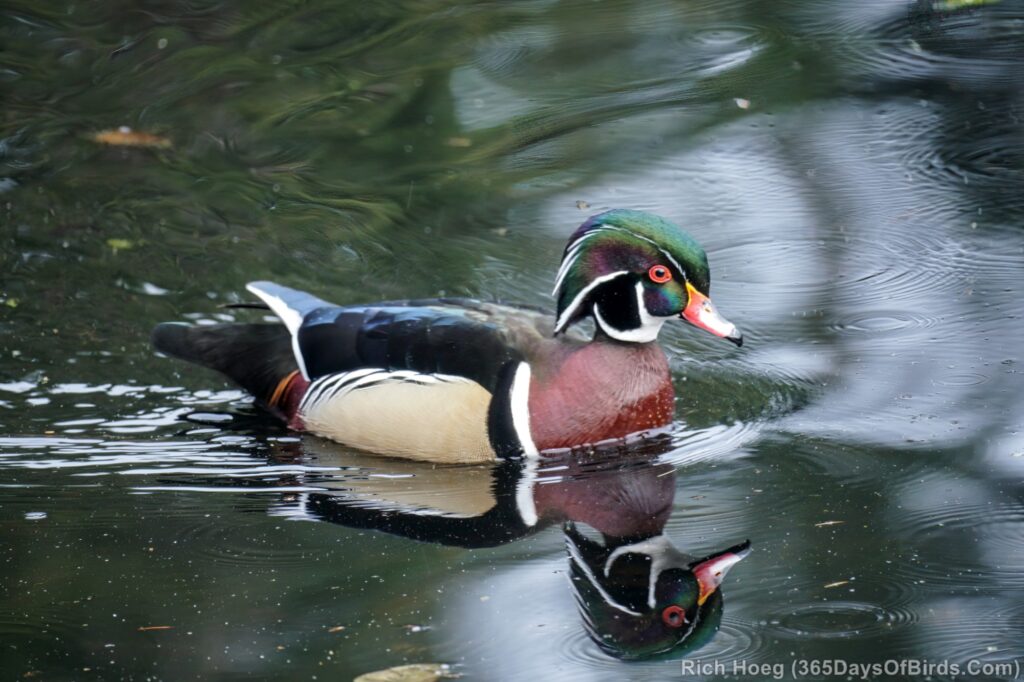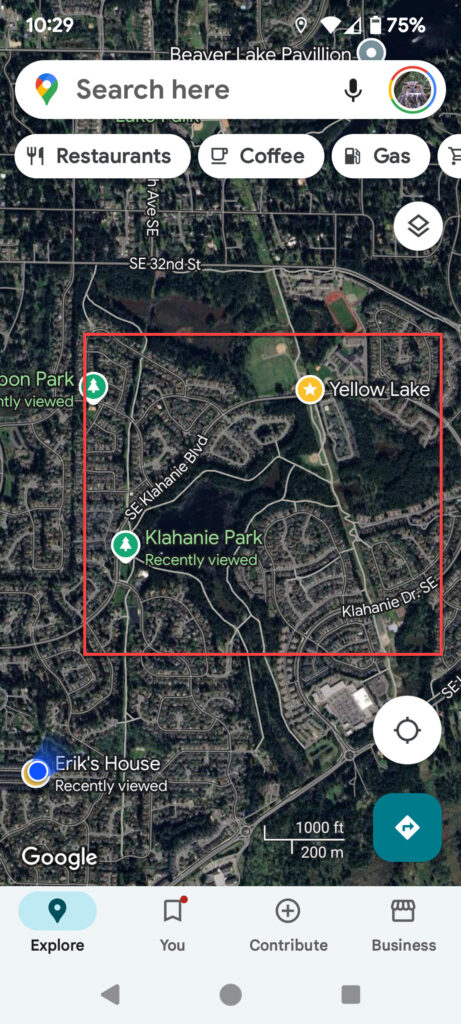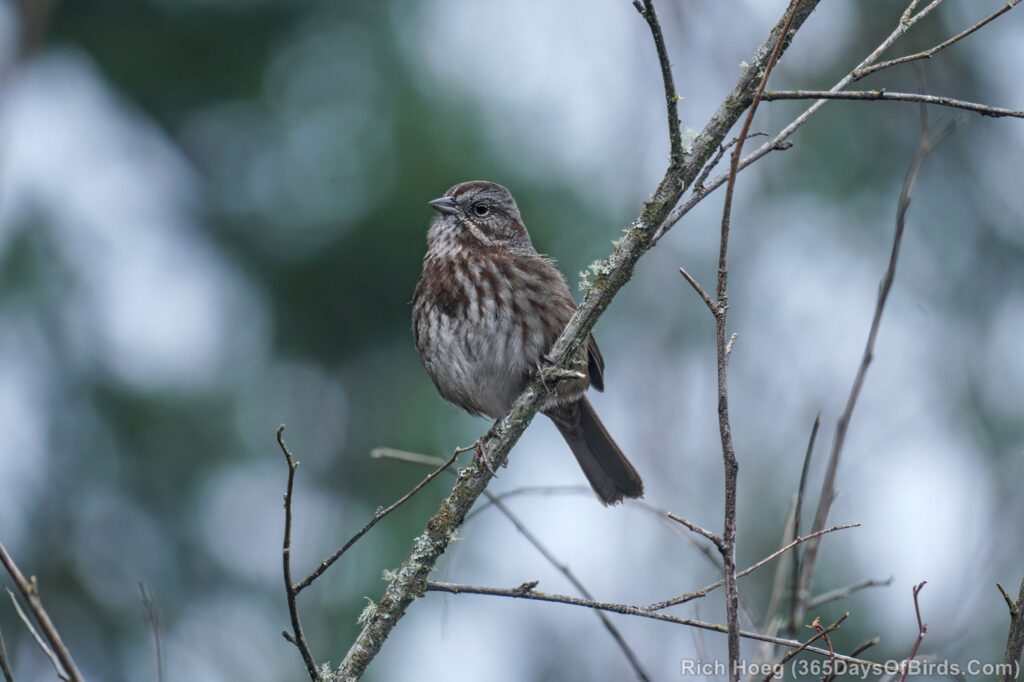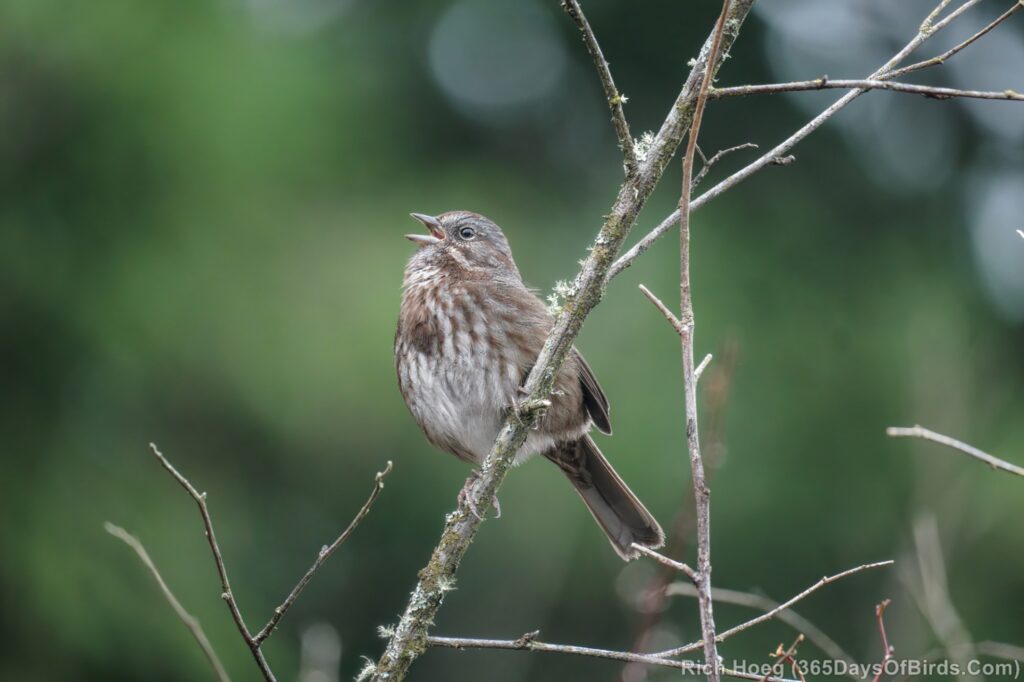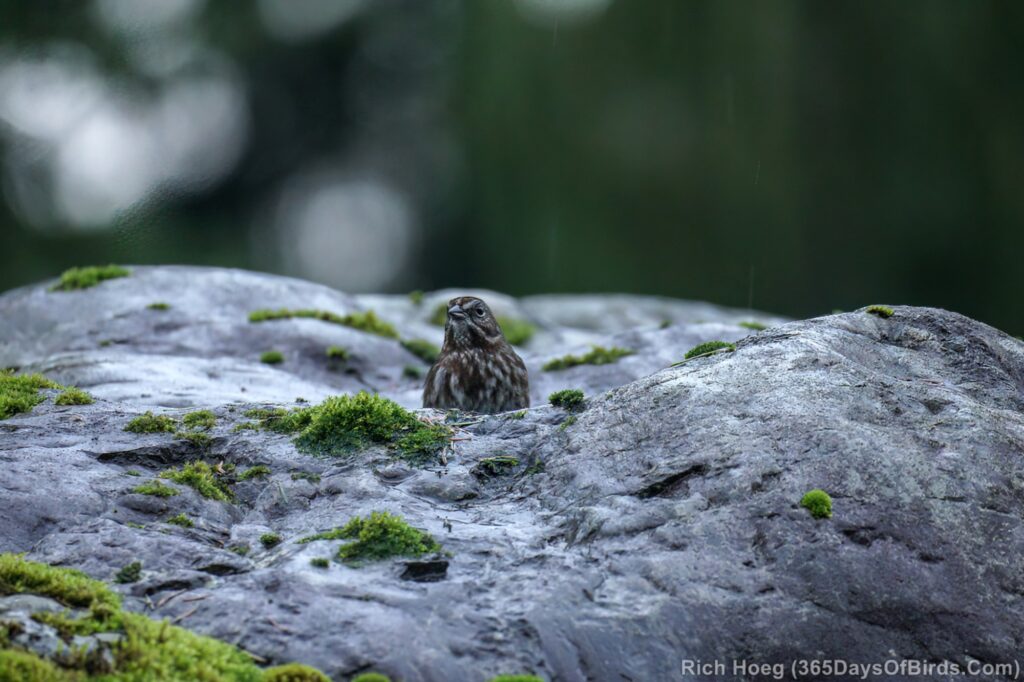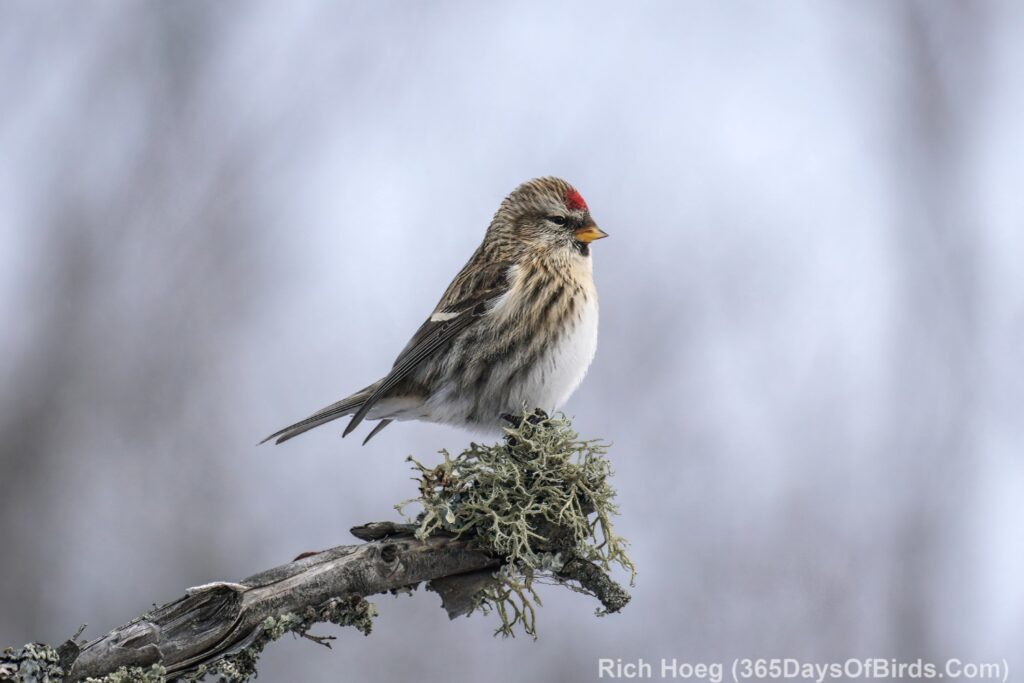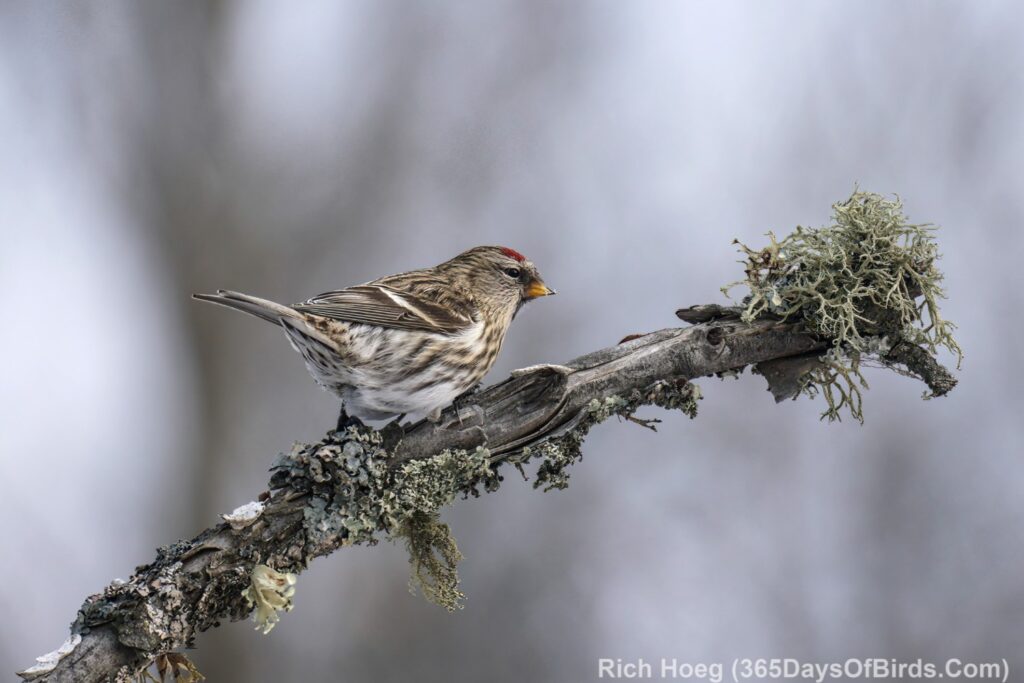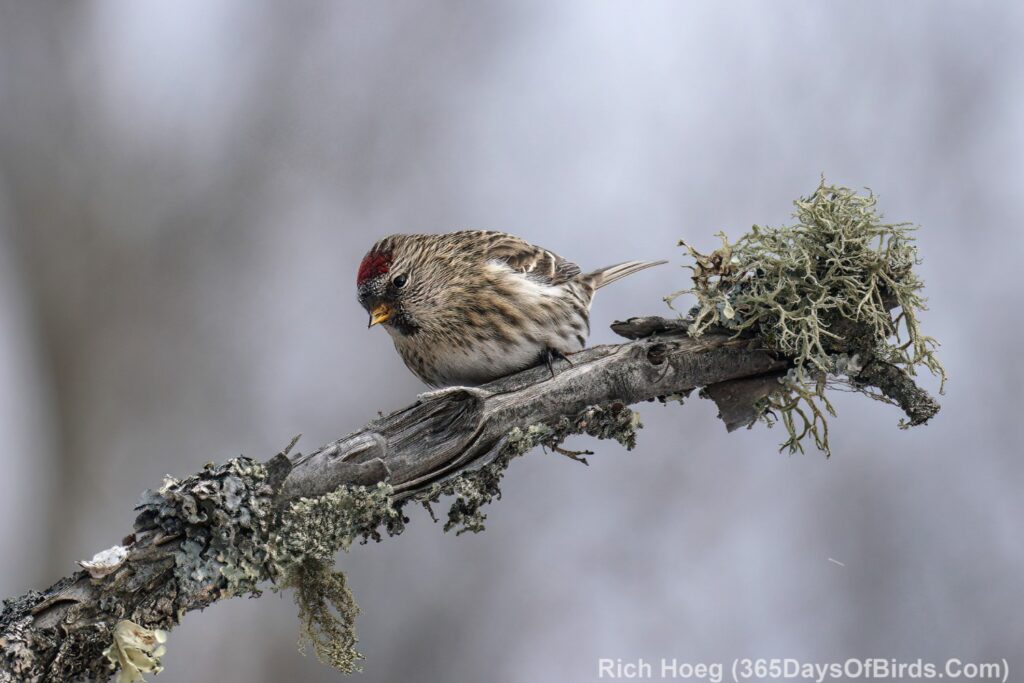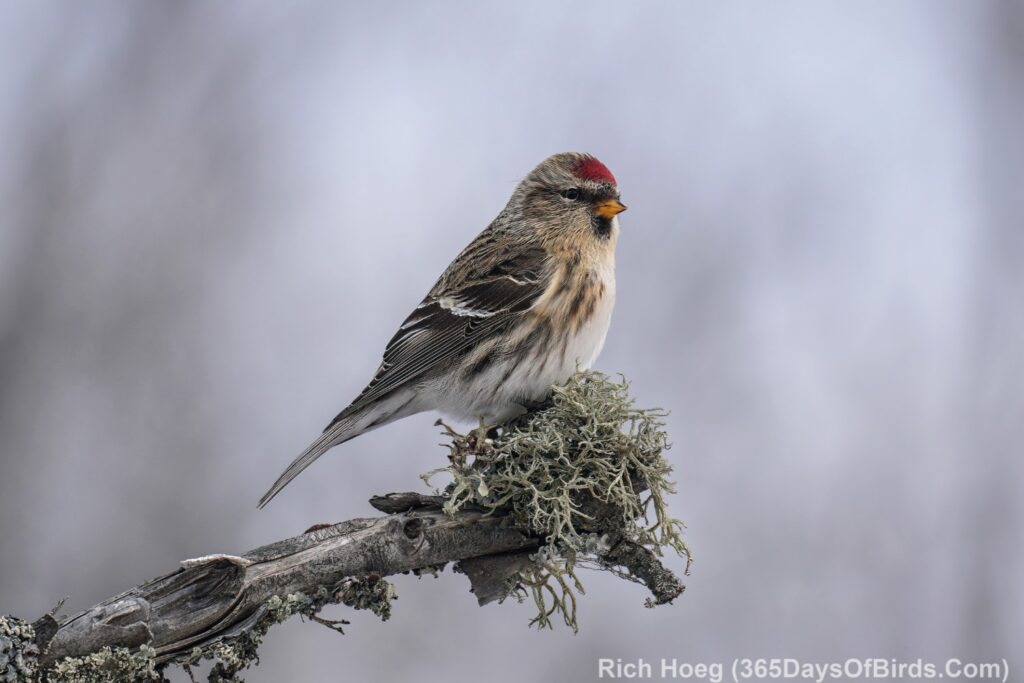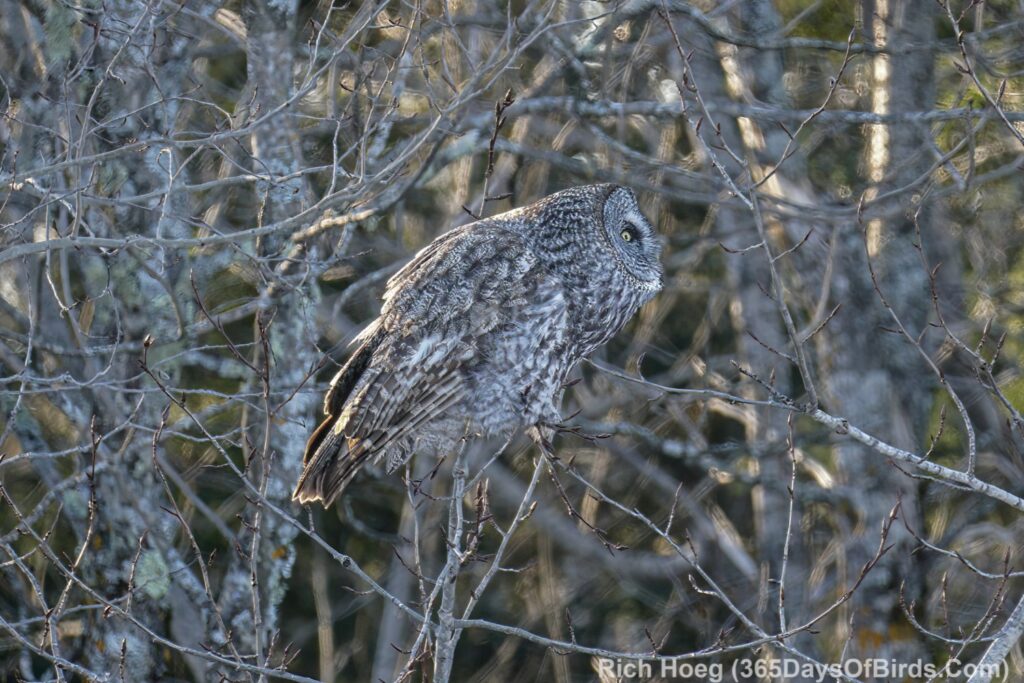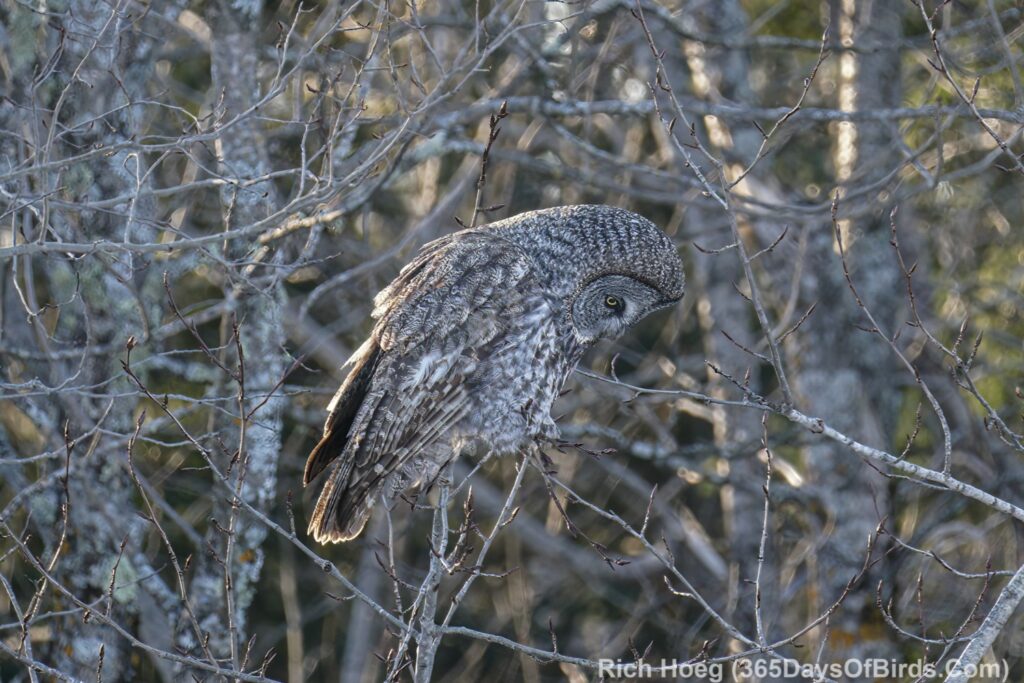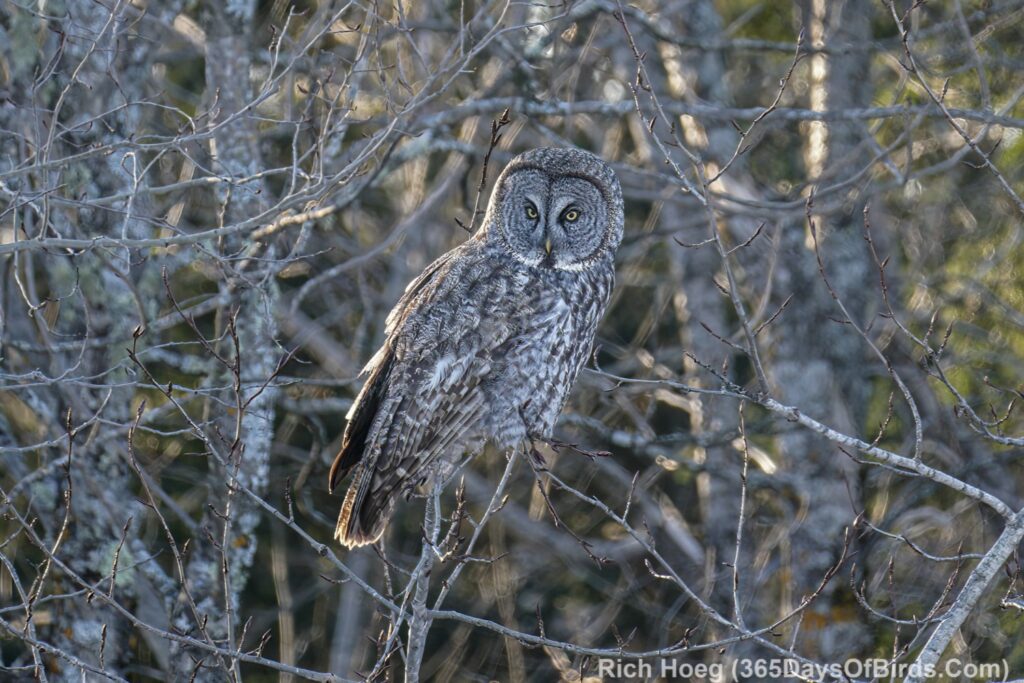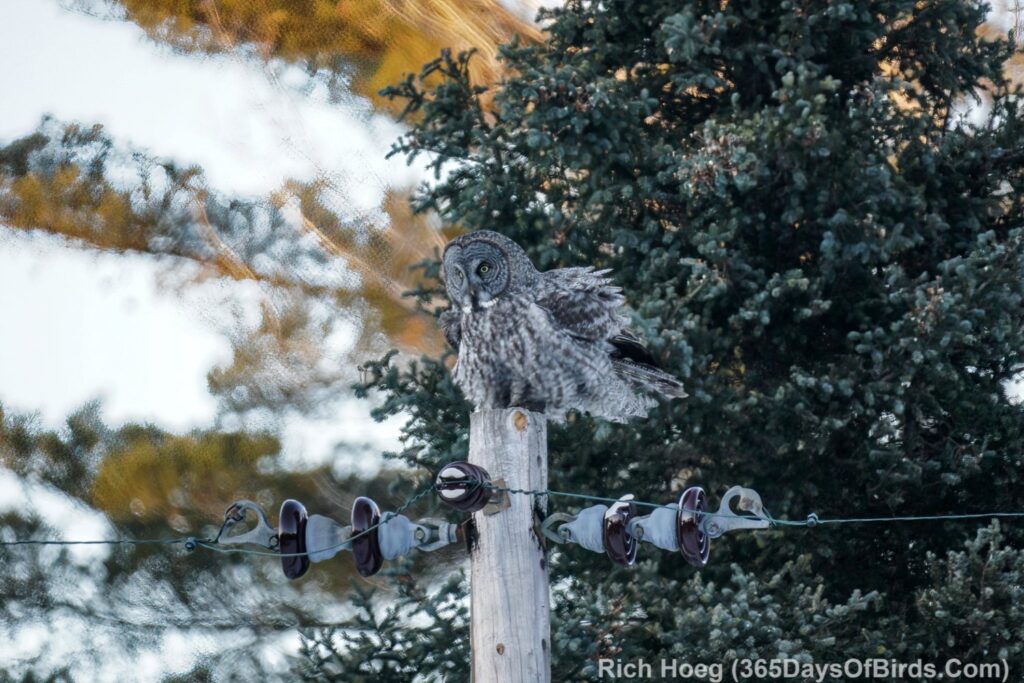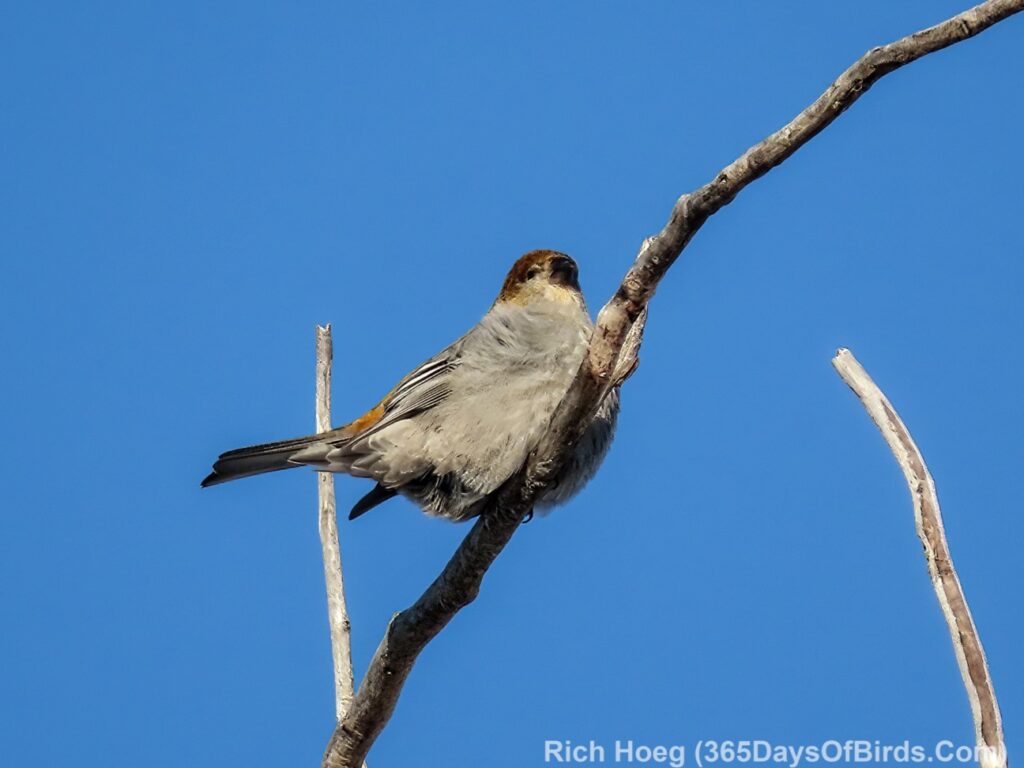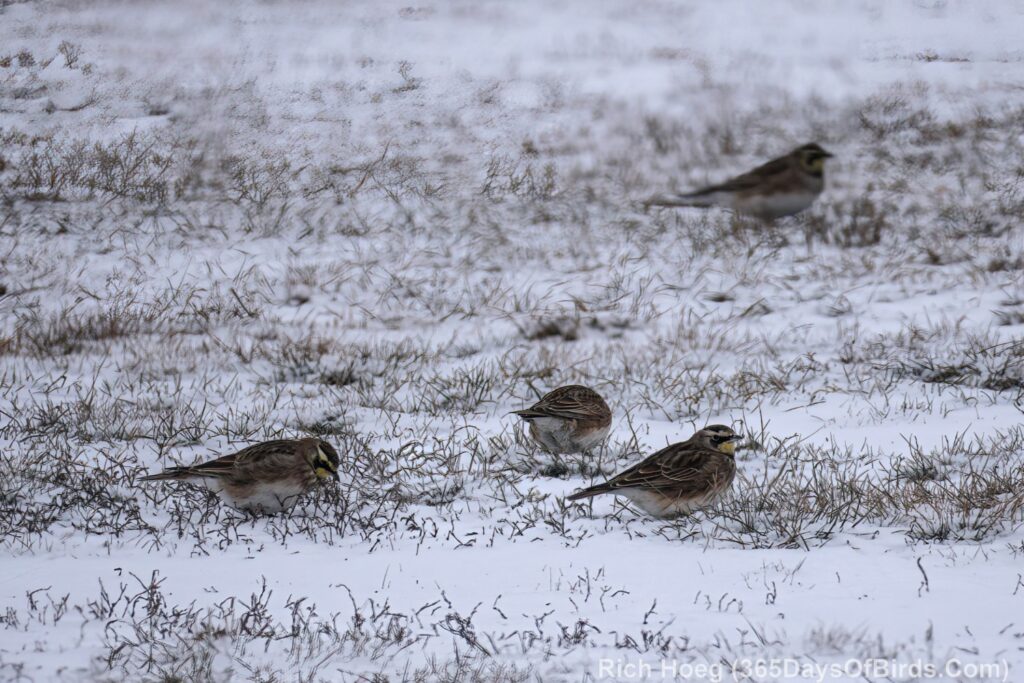Yes Dorothy, you’re not in Kansas anymore! Molly and I arrived in Seattle late last night to spend Christmas with my youngest son and his wife. This transformation took me from the deep winter Boreal forest wilderness environment, to urban birding. In short, I was out of my element in a major metropolitan area. Enter birding via satellite (see prior post on the subject).
My son and his wife had recently moved to a new neighborhood which I did not know, but I still wanted to enjoy my favorite pastime … birding. The question one would immediately ask … where to go birding? Although I have previously asked myself similar questions for the Boreal forest, here were my queries for urban birding:
- Does Google Satellite show …
- Green space or nearby parkland including significant breaks in the asphalt jungle? Wildlife will use these areas for both shelter and food opportunities. Developed areas still generate plenty of food sources, but the green space will be preferred for “homes” and more natural food opportunities.
- Is water present? Wetlands, creeks, streams and rivers combined with #1 make for even better food options. Birds and mammals prefer the best possible habitat in terms of food production with ease of access to water.
Here were my searches / screenshots of my urban Google Maps satellite mode search. Note how I first looked for “green space” and “water sources” via the regular map more, and then switched over to “satellite mode” and zoomed in to confirm (click / press upon any image to view at full size)
The end result was I discovered Yellow Lake, which upon a later Google Search even has an eBird Hot Spot designation for Seattle’s King County. Although the Pacific Northwest and Seattle came through this morning with drab, dreary drizzly weather, I had a great time. Good photography is possible under horrible light conditions. One must just pay HUGE attention to the background used in photographs.
Ring-Necked Ducks in the Drizzle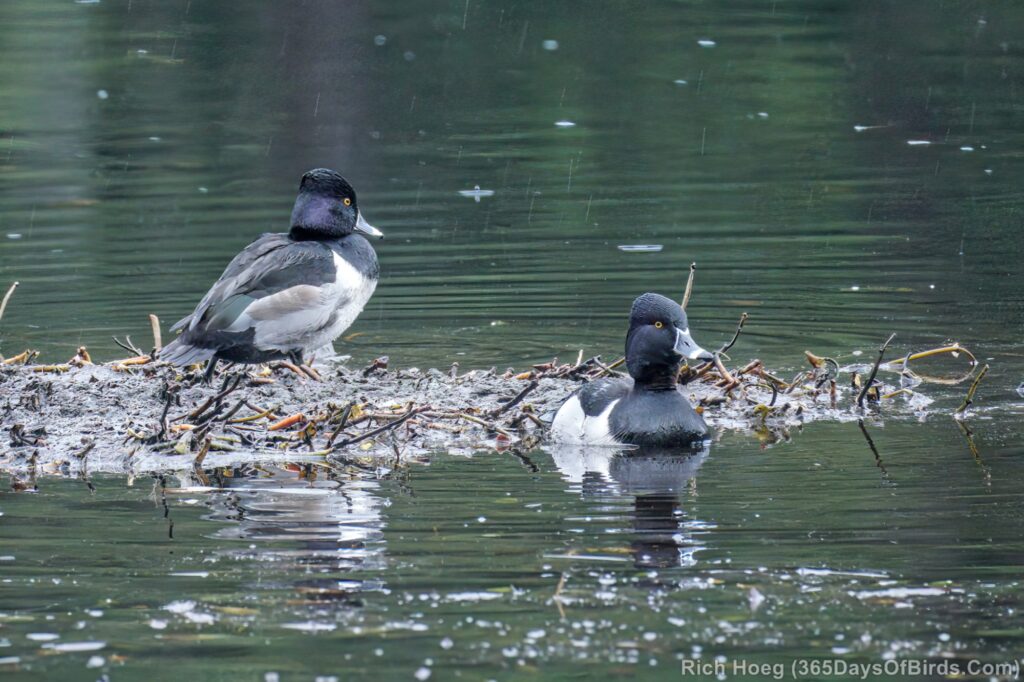

Wood Ducks (male and female … thinking of love allowed me to get amazingly close)